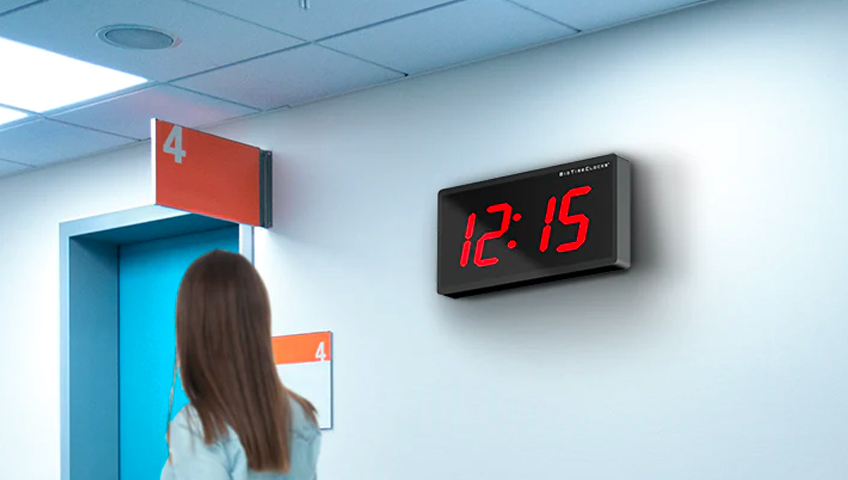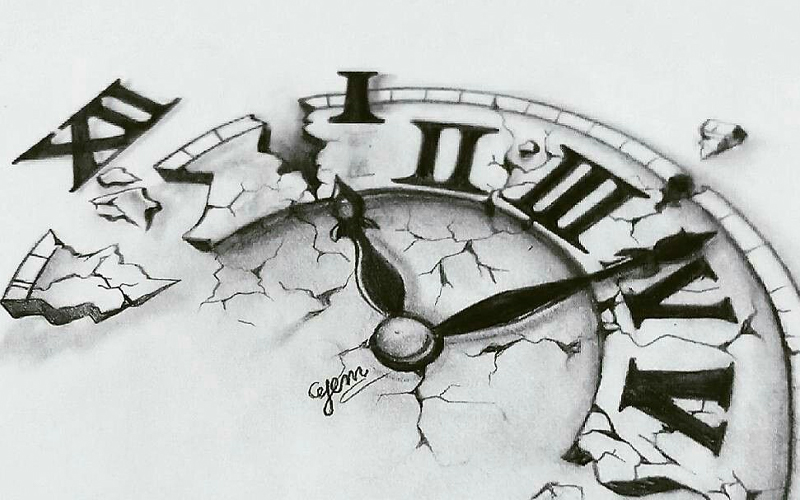Clocks synchronize with community time through various methods and technologies. The goal is to ensure that timekeeping devices are consistent with a standardized reference time, typically based on Coordinated Universal Time (UTC) or another authoritative time source. Here are some common methods for clock synchronization:
NTP is a widely used protocol for synchronizing clocks over a computer network. It allows devices to exchange time information and adjust their clocks accordingly. NTP servers connect to authoritative time sources, such as atomic clocks, to provide accurate time data to networked devices.
Some clocks, especially those in critical infrastructure and telecommunications, synchronize with GPS satellites. GPS receivers can determine precise time information based on signals from satellites with highly accurate atomic clocks.
Many countries have time signal transmitters that broadcast time information over radio frequencies. Clocks equipped with radio receivers can pick up these signals and adjust their time accordingly. Examples include WWVB in the United States, DCF77 in Germany, and MSF in the United Kingdom.
Clocks can synchronize with authoritative time servers over the internet. Various time servers provide accurate time information, and devices can use protocols like NTP or Simple Network Time Protocol (SNTP) to obtain this information.
Some clocks use a pulse-per-second signal from an accurate time source, like an atomic clock, to maintain synchronization. The clock’s internal timekeeping mechanism is adjusted based on these precise signals.
Mobile devices can synchronize their clocks with cellular networks. Mobile networks often have synchronized time sources, and devices adjust their clocks when connecting to the network.
Computers have hardware clocks that are maintained by the operating system. The operating system can synchronize with external time sources using NTP or other protocols to keep the hardware clock accurate.
In some cases, especially with traditional analog clocks or standalone digital clocks, manual adjustments may be required. This involves periodically setting the clock based on a reliable reference time, such as a community standard or a time signal.
The choice of synchronization method depends on factors such as the required level of accuracy, the type of clock or device, and the available infrastructure. Synchronized timekeeping is crucial for various applications, including telecommunications, financial transactions, transportation systems, and any situation where precise timing is essential.
The Atomic Clock
In Colorado, there’s a clock that retains exact time on the Nationwide Institute of Science and Expertise (NIST). This clock is a wierd wanting contraption, and it retains time in a captivating manner: by connecting to a bundle of cesium atoms. The method is complicated, however scientists at NIST say this clock will hold 100% correct time for the subsequent 100 million years…you learn that proper. So, if there is a clock that dependable, connecting to it to make sure accuracy would make a whole lot of sense.
Connecting to the Atomic Clock
The atomic clock sends out a sign that is acquired by a server, which is a big pc with a number of processors and enormous quantities of reminiscence. These servers learn the time from the atomic clock and distribute the right time by a community. As its title signifies, a server will serve, and by connecting to this machine, you may be served exact atomic time.
Connecting to the Time Server
So how do you entry the time server? In a college or workplace, a controller has entry to the time server by an web connection. This controller is crucial machine in a community of synchronized clocks. It takes the atomic time and sends it to the opposite clocks all through a college, hospital or manufacturing facility. Due to this fact, everybody has the identical, actual time, which is useful when it is time to change shifts or courses.
Maintaining a Community of Clocks in Sync
So, how do all of the clocks in a community hold exact time…on a regular basis? At scheduled time intervals, the primary controller double checks the atomic time from a time server and sends out a sign that every one the opposite clocks within the community learn.
This whole course of could appear prolonged, but it surely’s essentially the most dependable manner to make sure 100% correct time. This additionally holds true for the upcoming finish of Daylight Saving Time. If connections keep in place, time in a community of clocks will regulate mechanically.
So, so long as synchronized clocks keep related to the controller, and the controller stays related to the time server, and the time server stays related to the atomic clock, and the NIST clock tower stays related to these cesium atoms…you will not have to fret about incorrect time for one more ….oh, 100 million years.





